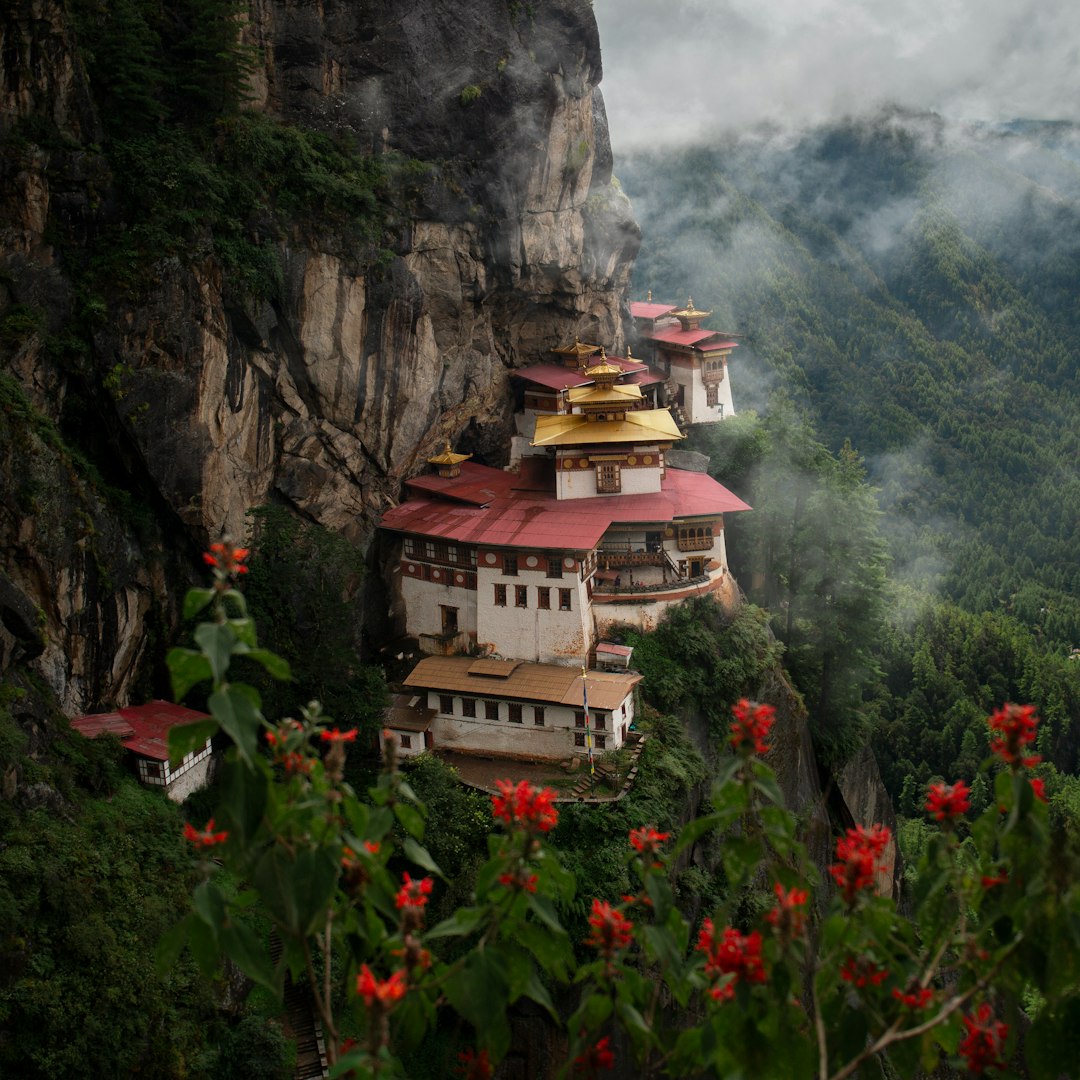Bhutan, a small Himalayan kingdom known for its stunning landscape and unique culture, has also been making a name for itself in the world of architectural design. In recent years, modern innovations in Bhutanese architectural design have been garnering attention for their blend of tradition and contemporary aesthetics.
One of the key features of Bhutanese architecture is its emphasis on sustainability and harmony with nature. The traditional architectural style in Bhutan, known as Dzong architecture, is characterized by intricate woodwork, decorative paintings, and ornate motifs. These designs are not only visually appealing but also serve practical purposes, such as protection from the harsh Himalayan climate.
In recent years, Bhutanese architects have been incorporating modern design elements into their buildings while still maintaining the traditional aesthetic. This fusion of old and new can be seen in the construction of new hotels, schools, and government buildings throughout the country. For example, the Taktshang Monastery, also known as the Tiger’s Nest, has been renovated to include modern amenities while preserving its historic charm.
One of the most notable modern innovations in Bhutanese architectural design is the use of sustainable building materials and techniques. Many new buildings in Bhutan are constructed using locally-sourced materials such as rammed earth, bamboo, and stone. These materials not only blend seamlessly with the natural surroundings but also help reduce the carbon footprint of the construction process.
Another key aspect of modern Bhutanese architecture is the incorporation of traditional design elements into contemporary buildings. Many architects draw inspiration from Bhutan’s rich architectural heritage, including its intricate woodwork, colorful paintings, and religious symbolism. By incorporating these elements into their designs, architects are able to create buildings that are not only aesthetically pleasing but also culturally significant.
One example of this fusion of tradition and modernity is the Zhiwa Ling Hotel in Paro. This luxury hotel features traditional Bhutanese architecture, including hand-painted murals and intricately carved woodwork, alongside modern amenities such as heated floors and Wi-Fi. The result is a building that seamlessly blends the past and present, creating a unique and immersive experience for guests.
Overall, modern innovations in Bhutanese architectural design are helping to preserve the country’s rich cultural heritage while also embracing the benefits of contemporary building practices. By combining sustainability, tradition, and modernity, architects in Bhutan are creating a new wave of architectural masterpieces that are sure to inspire future generations. Bhutan architecture is a shining example of how the past and present can come together to create something truly extraordinary.
For more information visit:
Saidpiece Architects | Bhutan
https://www.saidpiece.com/
17899794
Saidpiece Architects, Dondrup Lam SE, Thimphu 11001, Bhutan
Saidpiece Architects is a multidisciplinary design and build practice based in Bhutan, delivering innovative, sustainable, and mindful architectural solutions. We specialize in architecture, engineering, interiors, urban design, and construction, creating high-quality, durable projects tailored to the unique needs of our clients while respecting local culture and context.


